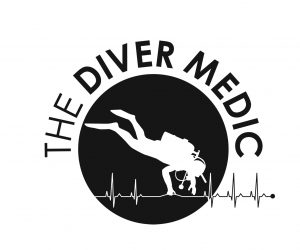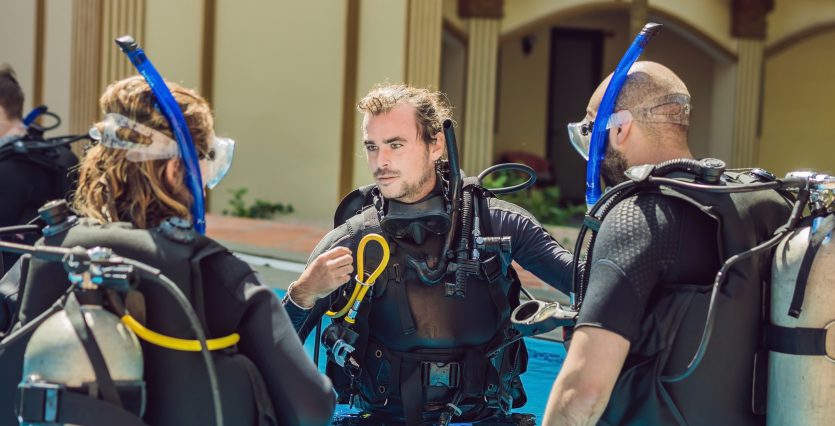With proper training, subsurface exploration and diving can be safe. What we do individually often contribute to incidents. That is not to say incidents don’t creep up from the depths, but training and gear knowledge, placement and practice can mostly mitigate situations the diver encounters. Safety begins on the surface with instructor and staff teaching, and student safety starts with a conversation. Here are some thoughts on safety details that we believe are important for students.
Begin with an honest and open dialog of goals, history, and understanding of the requirements for success in the scuba class. If any prospective students are uncomfortable discussing medical matters with you or another instructor or staff member, refer them to a knowledgeable dive physician who can help lead them to complete information. And of course, our friends at Divers Alert Network are always there to help.
 Now back to the instructor-student dialog:
Now back to the instructor-student dialog:
Give a thorough overview to the class (both didactic and practical sessions), as well as explain the required forms that need to be completed. Make sure they understand. Ask for questions. This provides a great deal of personal knowledge and insight to make the learning experience an effective one.
Have adequate classroom time and gear overviews of the equipment to maximize their diving experience. Tell them to pay close attention to the details of the equipment being discussed. Have them look at and handle the equipment they will be using while learning to dive. If it’s already purchased, be sure they register the gear with the manufacturer and remind them to download any manuals. All of my gear manuals are on thumb drives that travel with the gear.
Now that they have learned their gear, you’re headed to the water. Learning to dive begins in confined water and so should safe surface practices. Learning and performing buddy checks should begin. They need to become familiar with their dive buddy’s gear because this may be the gear they need to deal with when incidents occur. Walk them through it. The dive buddy should be mirroring your efforts to ensure safety for both members of the team. Repeat every water session so it will become a habit.
Safety practices should also be practiced when they exit. In confined water sessions, they should learn how to care for the gear: inspect, clean and store it. After open-water dives, another buddy check will be warranted, and more safety practices incorporated, so begin now. Engage in a discussion of the session and share experiences. Later it will be part of the reward of diving.
There are more safety practices you should teach that they will use after they are certified divers. When they are preparing for a dive, they should get their gear out, inspect it again, check all the operations of the gear and refresh their memory. Impress on them that at the site, they’ll plan the dive, inspect and familiarize themselves with one another’s gear and dive the plan. In their post-dive conversations and inspections, they should talk about their increased experience.
During the class, emphasize increasing scuba skills with additional and advanced skills training. These classes will increase their safety level and make them better divers. Promote rescue diver training to learn how to prevent, recognize and mitigate incidents. This also increases the safety of their own diving and helps them become a better dive buddy.
————-
Biosketch:
Patrick S. O’Boyle is the Clinical Manager for the DIVERMEDIC-US (patrick@the divermedic-us.com) He is also an instructor at the JFK School Of Warfare teaching Special Forces Medicine. He has been with Duke Hyperbaric since 2005 and is captain emeritus for a large public-safety dive team in central North Carolina. The DIVERMEDIC-US offers medical classes for all levels of medical knowledge.


